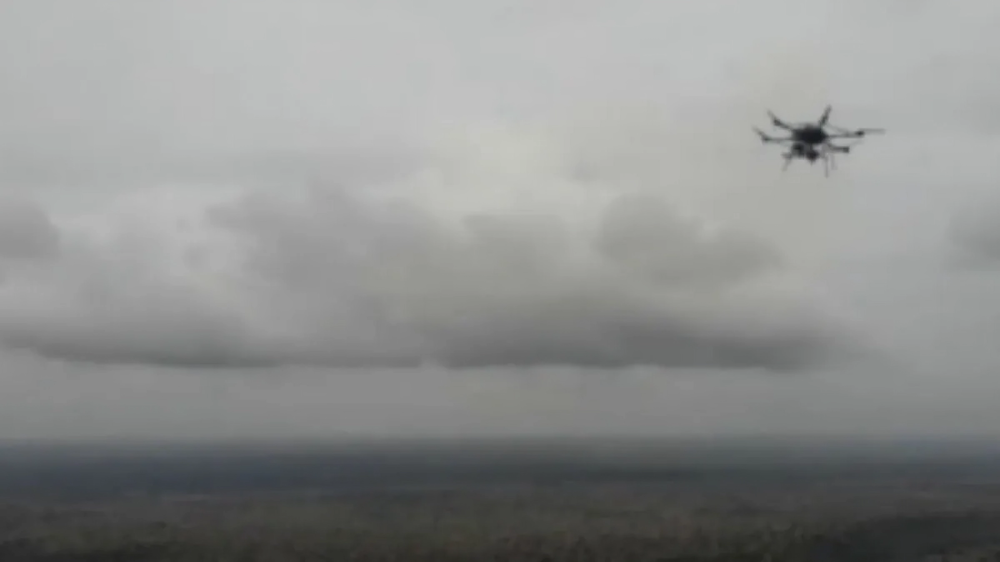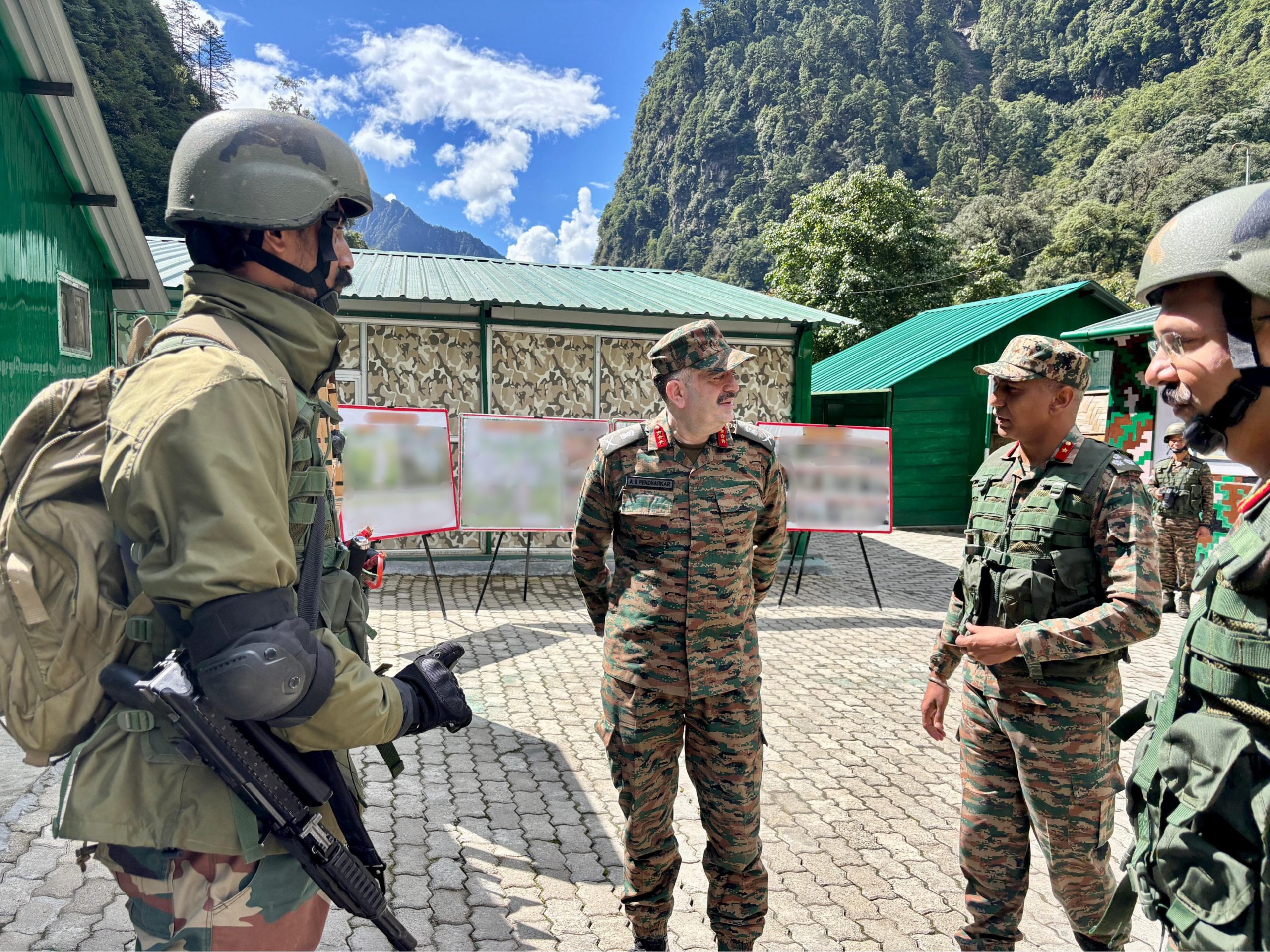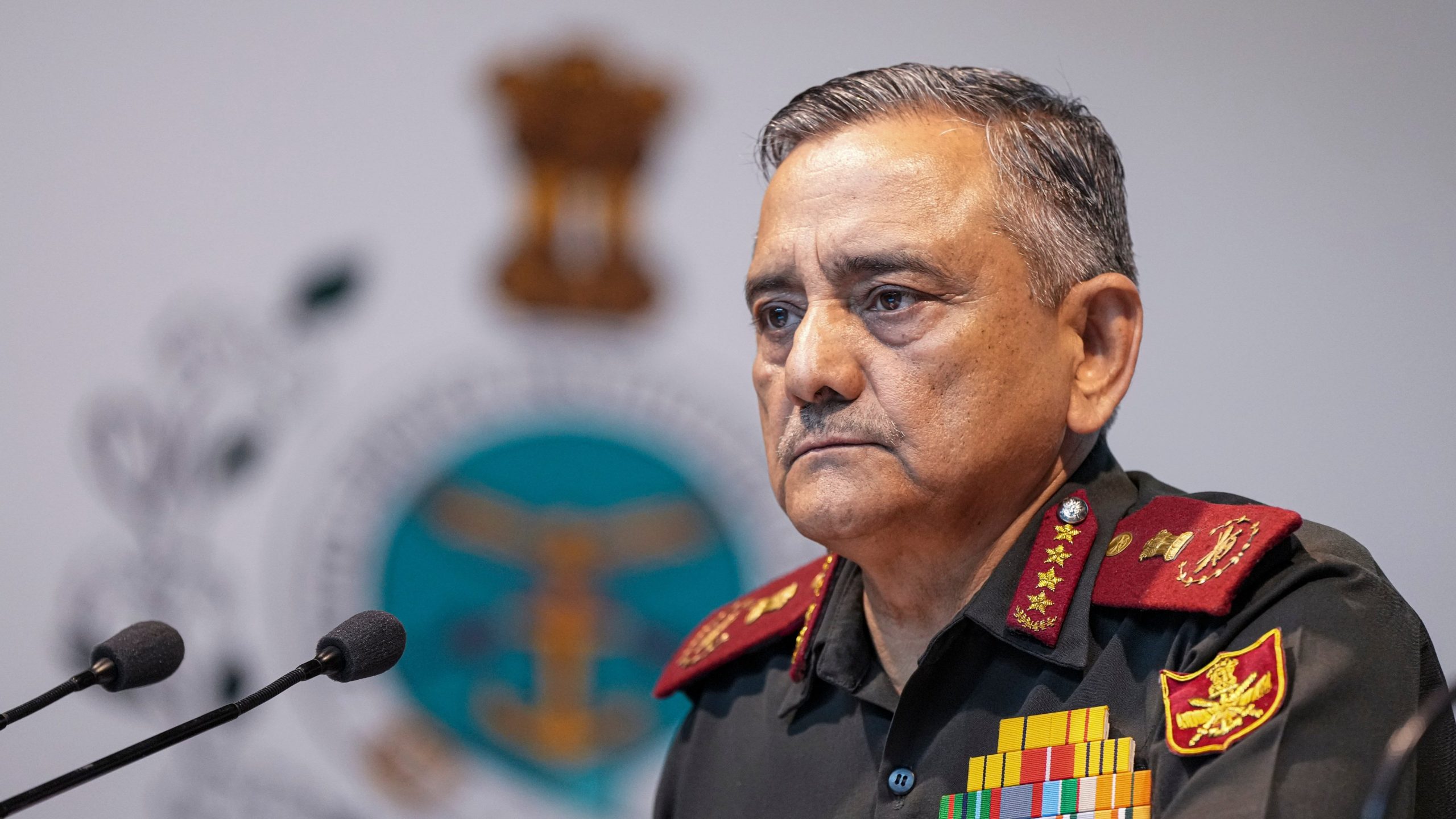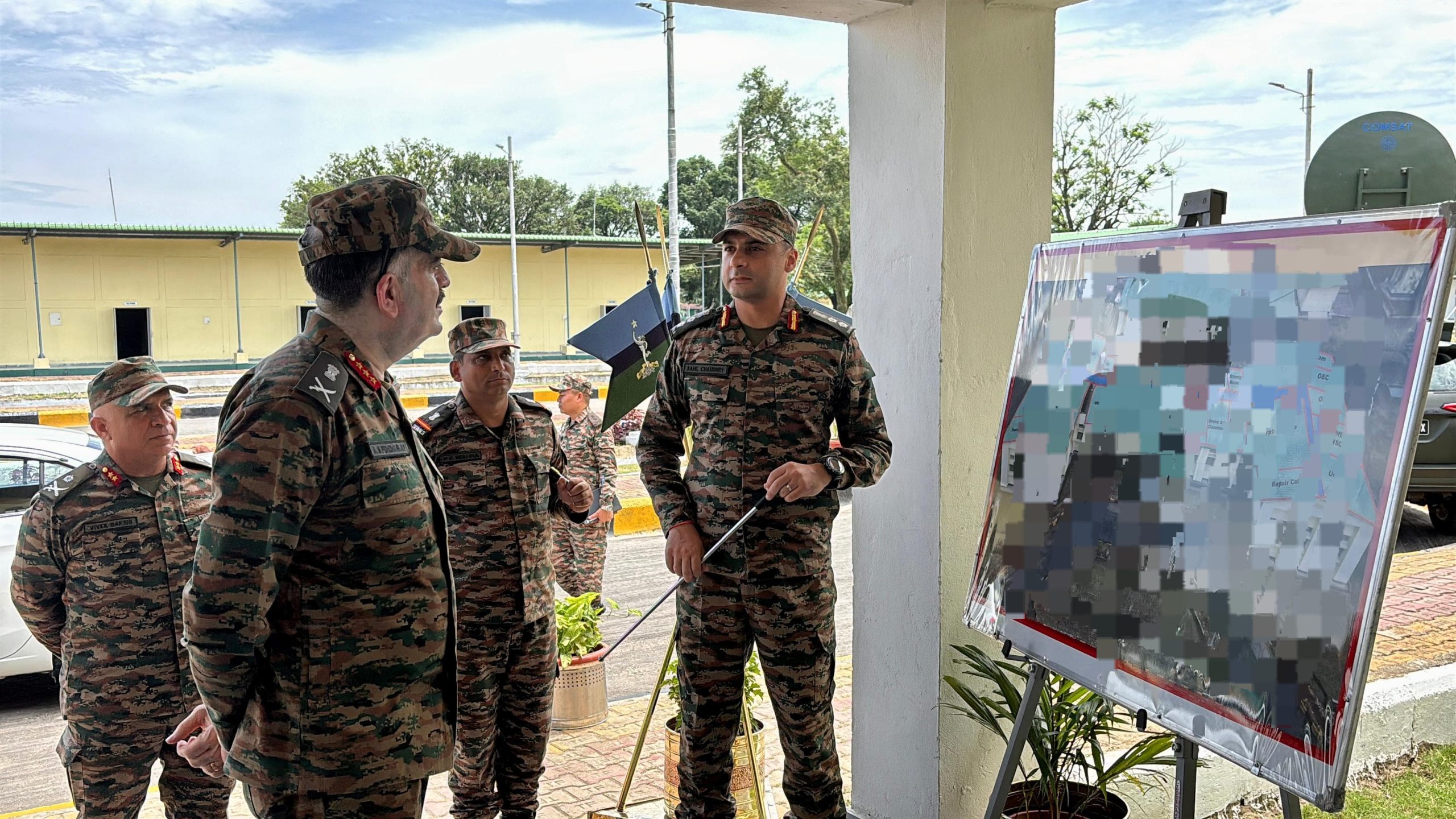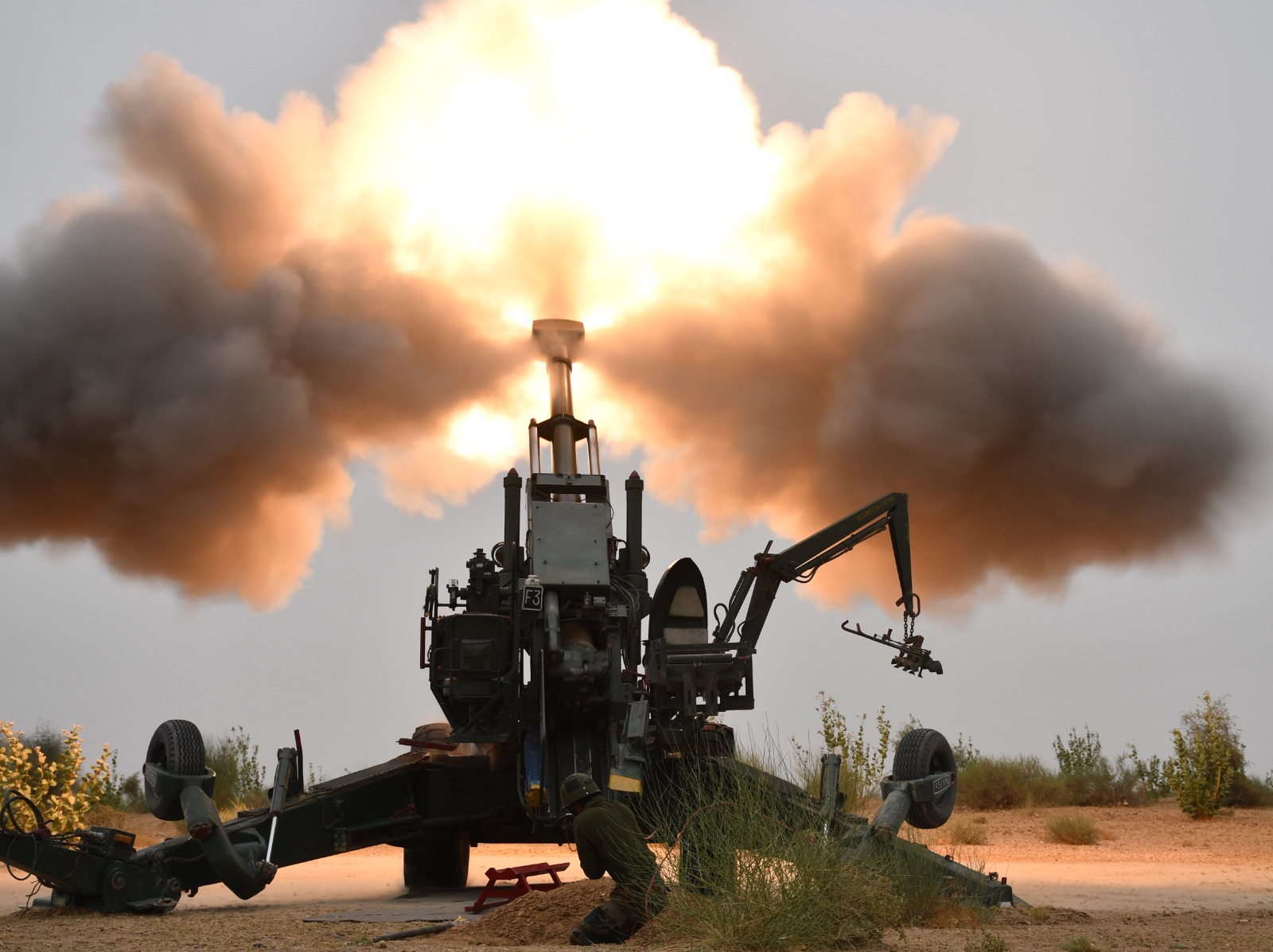DRDO Successfully Tests Advanced UAV-Launched Precision Guided Missile-V3
In a significant breakthrough for India’s defence preparedness, the Defence Research and Development Organisation (DRDO) has successfully conducted flight trials…
Lt Gen Abhijit S Pendharkar Reviews Army Readiness in Arunachal Pradesh’s Forward Areas
Lieutenant General Abhijit S Pendharkar, General Officer Commanding of the Indian Army’s Spear Corps, conducted a forward-area visit to assess…
‘Operation Sindoor Still On, Shastra and Shaastra Both Key,’ Says CDS General Anil Chauhan
Chief of Defence Staff (CDS) General Anil Chauhan has reaffirmed that Operation Sindoor, India’s strategic military response to the April…
Indian Army Embraces Digital Transformation at High-Tech Network-Enabled Complex
In a major push towards military digitization, Lieutenant General Abhijit S. Pendharkar, General Officer Commanding of the Indian Army’s Spear…
Indian Army Conducts Successful 155mm Artillery Trials at Pokhran
The Indian Army has successfully completed crucial 155mm artillery ammunition trials at the Pokhran Field Firing Ranges, marking a significant…
Indian Army Captain Harish Tak Honoured for Heroic Life-Saving Effort While on Leave
Captain Harish Tak of the Indian Army’s Chinar Corps has been formally commended by Jammu and Kashmir Chief Minister Omar…

